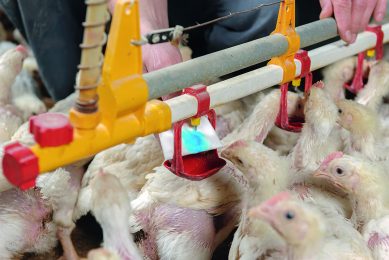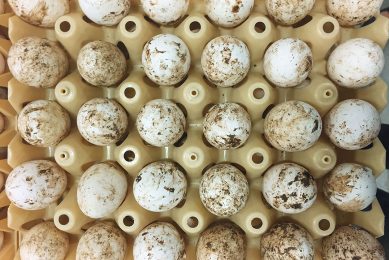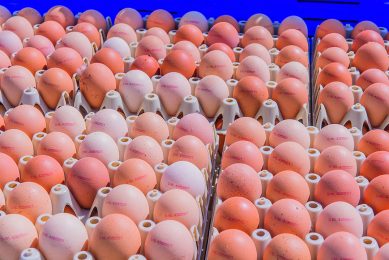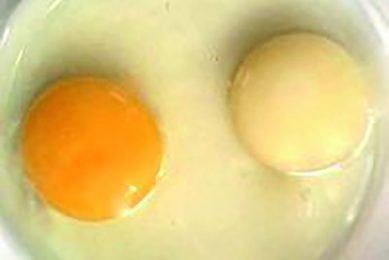How to ensure litter quality?
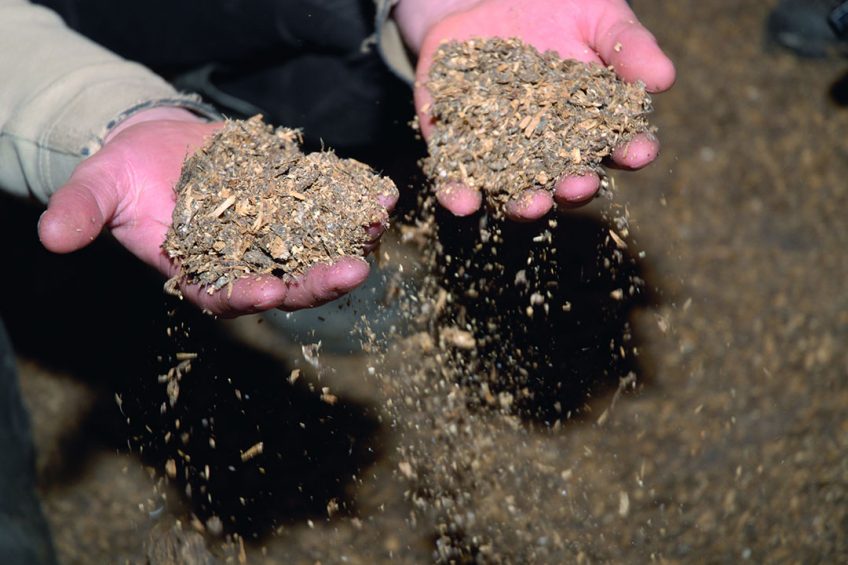
Depending on region and climate conditions, the floor in the broiler house can differ, as can the availability of litter material.
In relatively mild climates, floors can consist of sand which is topped with a thick layer of fresh litter to insulate DOC’s from the floor. In areas with colder climates and/or harsh winters, the floor is usually concrete, which is easy to warm up and thus less litter is needed. In choosing the type of litter, availability and price are the largest drivers.
Commonly used litter types are:
- chopped straw,
- wheat straw,
- wood shavings,
- sawdust,
- chopped flax,
- rice husks,
- sunflower shells
- or even peat.
Important is the moisture absorbing properties, because once litter gets too wet, its difficult to get right again. The consequences of wet litter are cold spots, bacteria development, breast blisters and footpad lesions as well as respiratory problems due to high ammonia concentrations.
7 causes of wet litter
- (Subclinical) coccidiosis is the most common cause of bacterial enteritis, which is in its turn the most common cause of wet litter issues.
- Other health problems can cause very loose droppings, e.g. Gumboro and infectious brochitis (IB); certain strains affect the kidneys, resulting in extremely wet litter
- Poorly maintained (leaky) drinking water systems
- Inadequate water absorption caused by loose droppings containing a lot of water or poor choice of litter material
- Improper ventilation or inadequate heating: cold air settling too quickly or dam air not being removed effectively
- Differences in light intensity. You often find poor quality litter in places with a higher light intensity. The broilers are more active there and defecate more in that area, causing the litter to become wet and compacted
- Too high mineral or salt content in the drinking water and/or feed causes broilers to drink more, which automatically makes the litter wetter.





